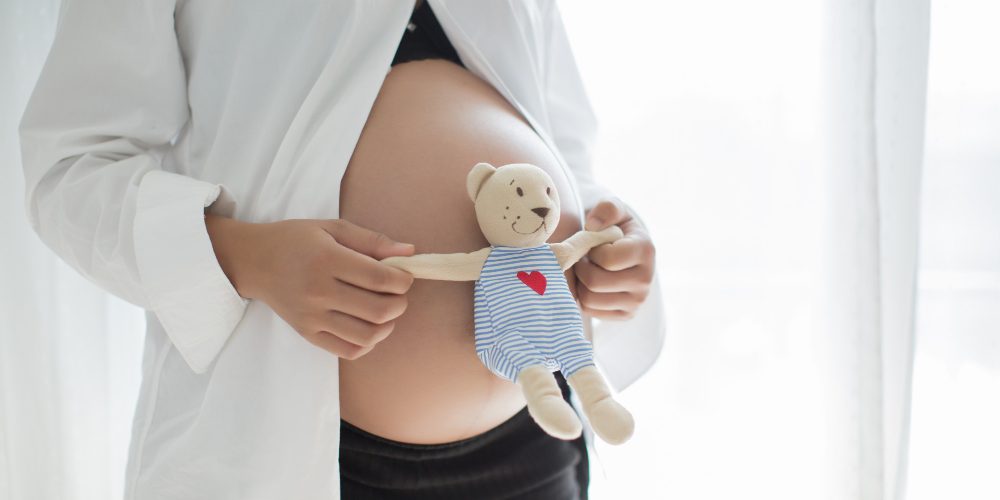On other occasions we have discussed what the pelvic floor, or perineum, is. This is the set of muscles and tissues that cover the lower part of the pelvis.
So, we can’t help but wonder, what happens to the pelvic floor after childbirth?
Well, as we can imagine, most pelvic floor injuries occur during the first vaginal delivery. This is the first risk factor for the development of pain, anorectal and urinary dysfunctions as well as sexual dysfunctions.
What are the most common postpartum injuries?
Muscular injuries are those that can occur during childbirth, the most common being tears or episiotomies, disinsertions and overstretching.
And on the other hand, nervous injuries, as the pudendal nerve and some sacral branches, due to their location, are the most affected.
How can we treat these injuries?
After pregnancy and childbirth, the body is subjected to situations of pressure due to stretching and extreme tension. Therefore, physiotherapy is one of the most recommended and effective treatments for these pelvic floor injuries.
What is the aim of physiotherapy?
The main objective is to restore the lost elasticity, shorten the weakness and strengthen the muscles in order to regain full functionality. This prevents the appearance of associated problems such as urine leakage.
Similarly, physiotherapy professionals recommend avoiding these common injuries as much as possible, with the help of prenatal physiotherapy.
The aim of prenatal physiotherapy is to tone up and make the pelvic floor more flexible, to help the body adapt and prepare for childbirth.




